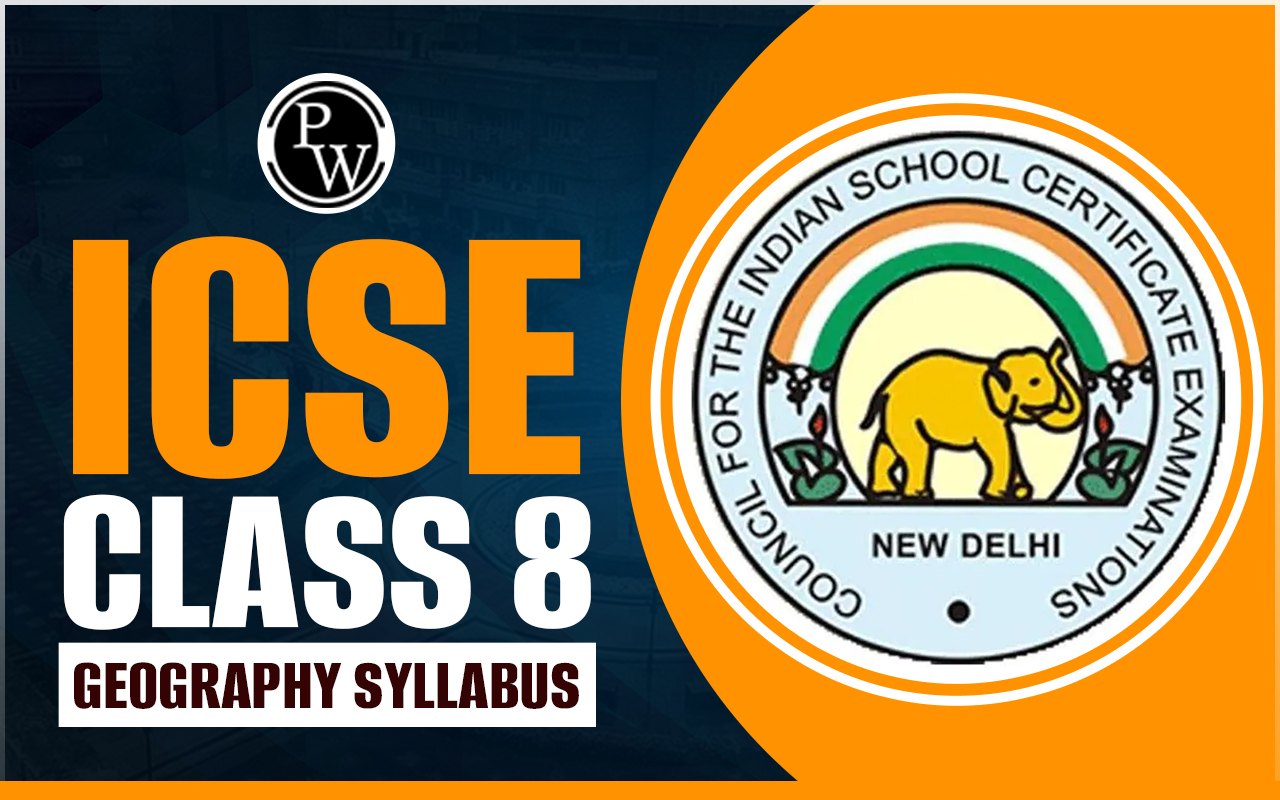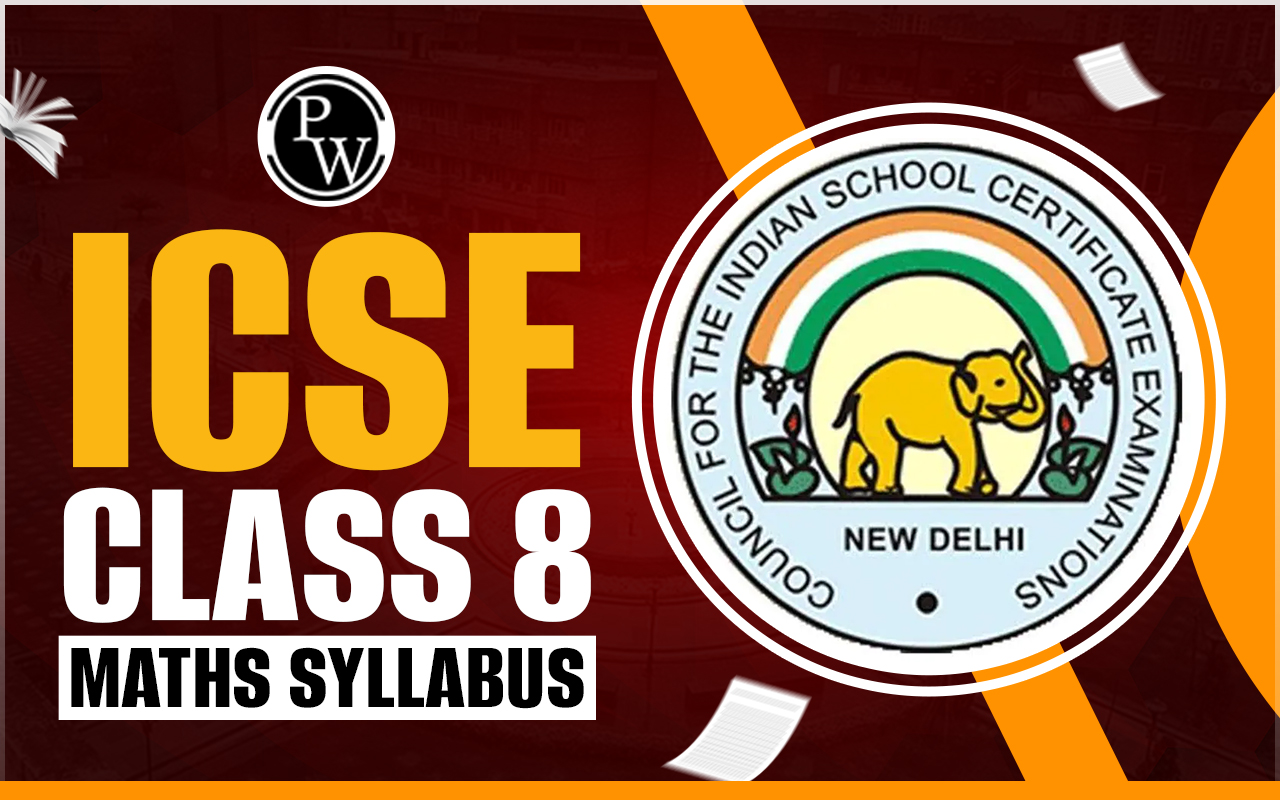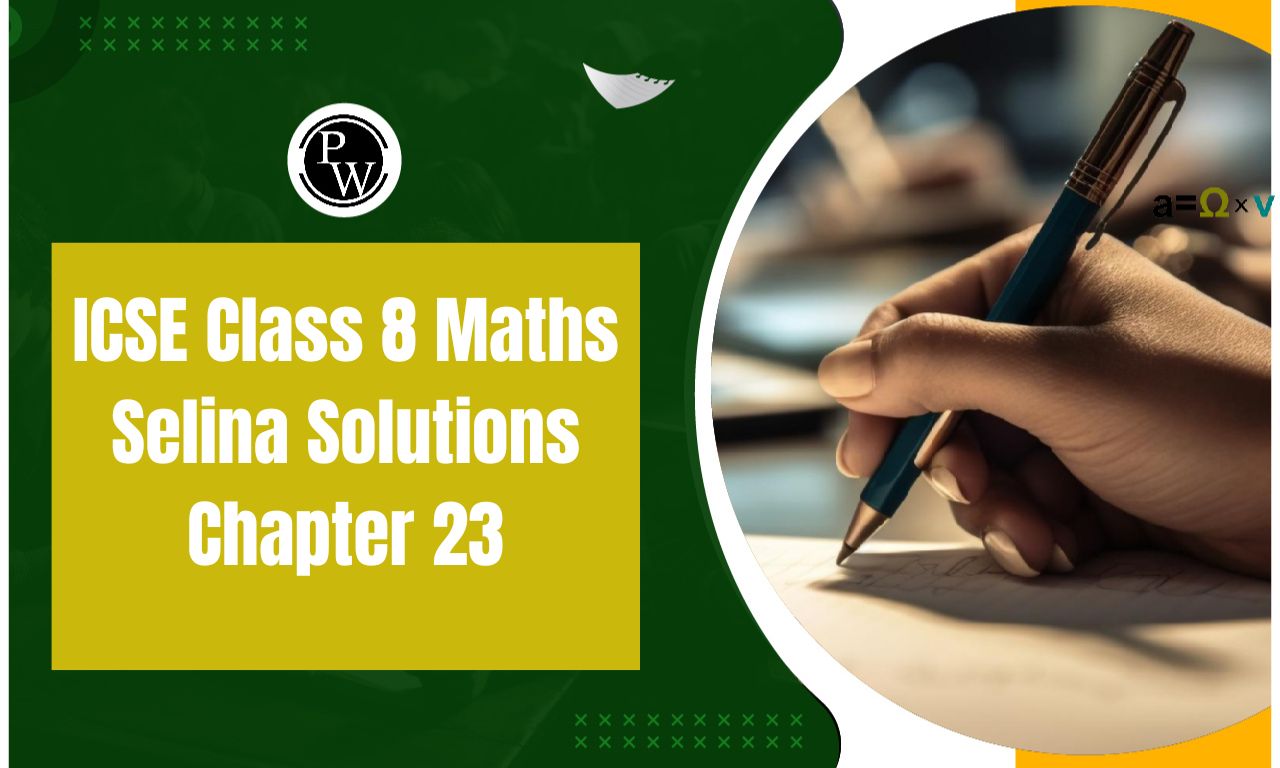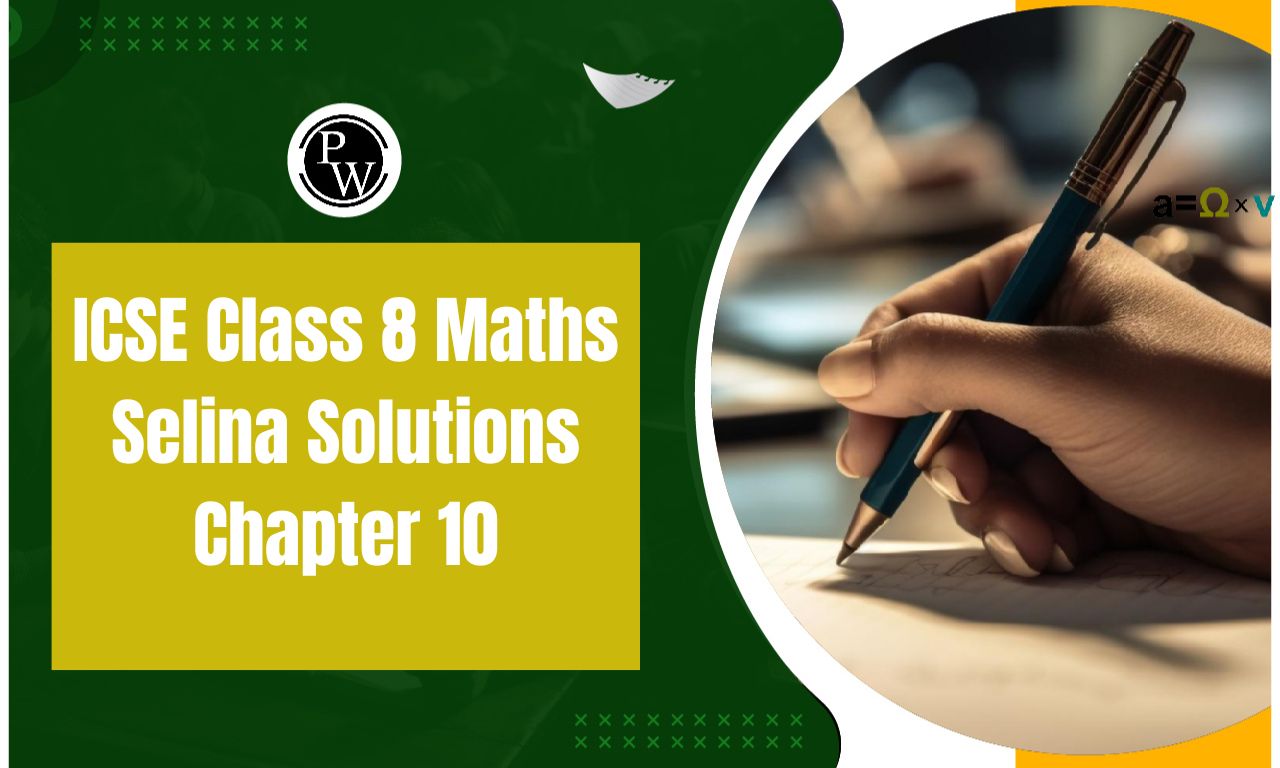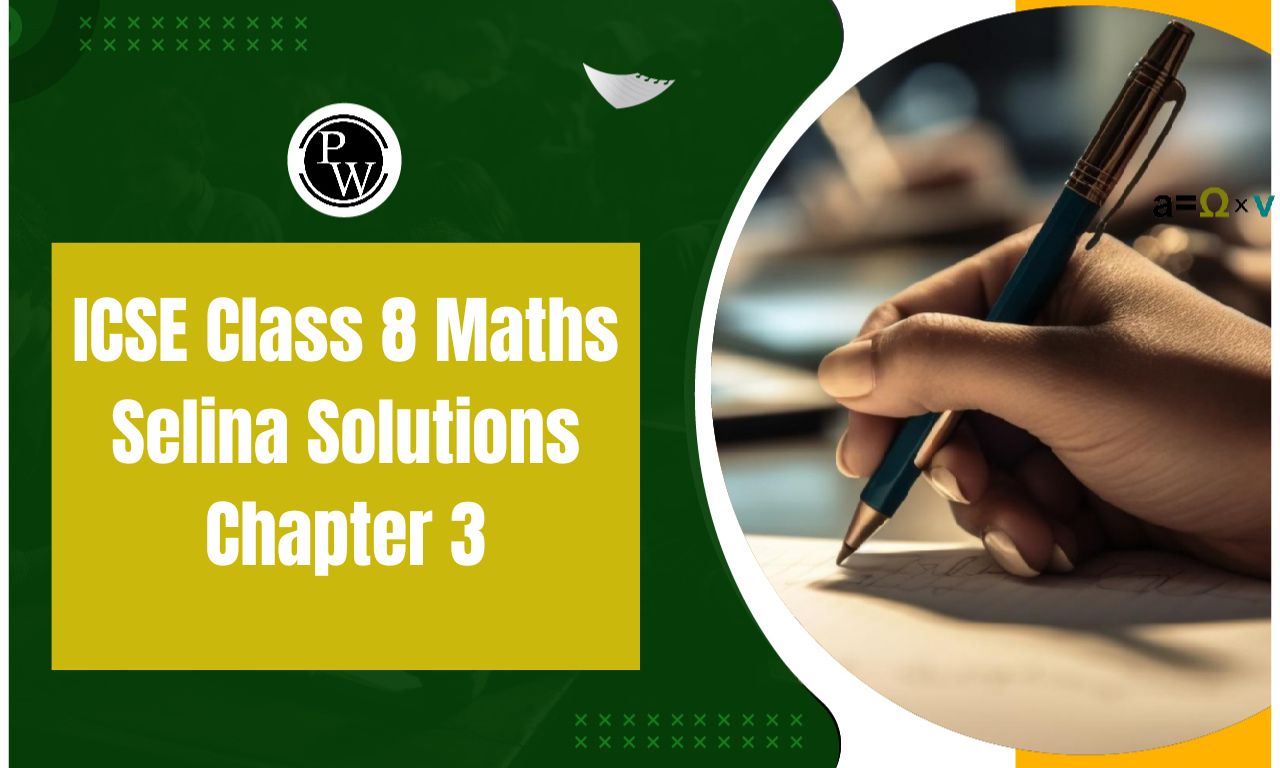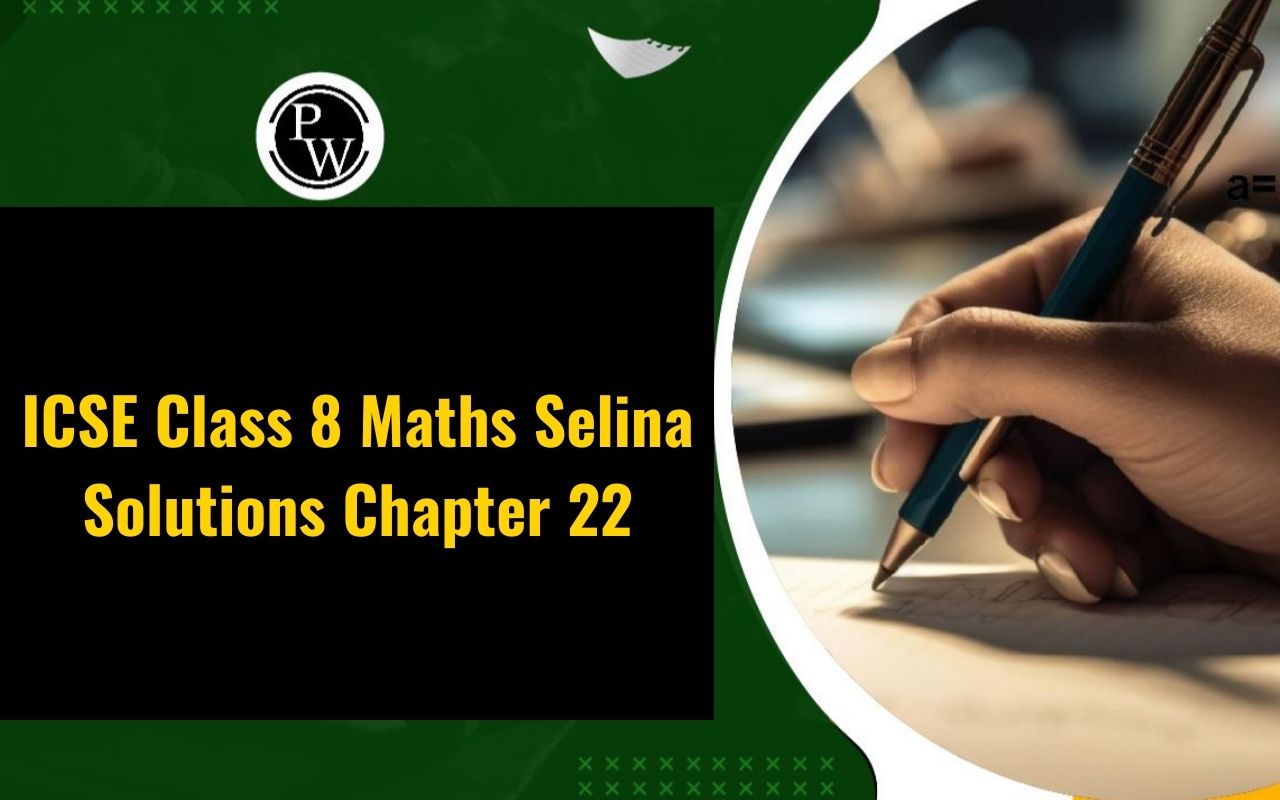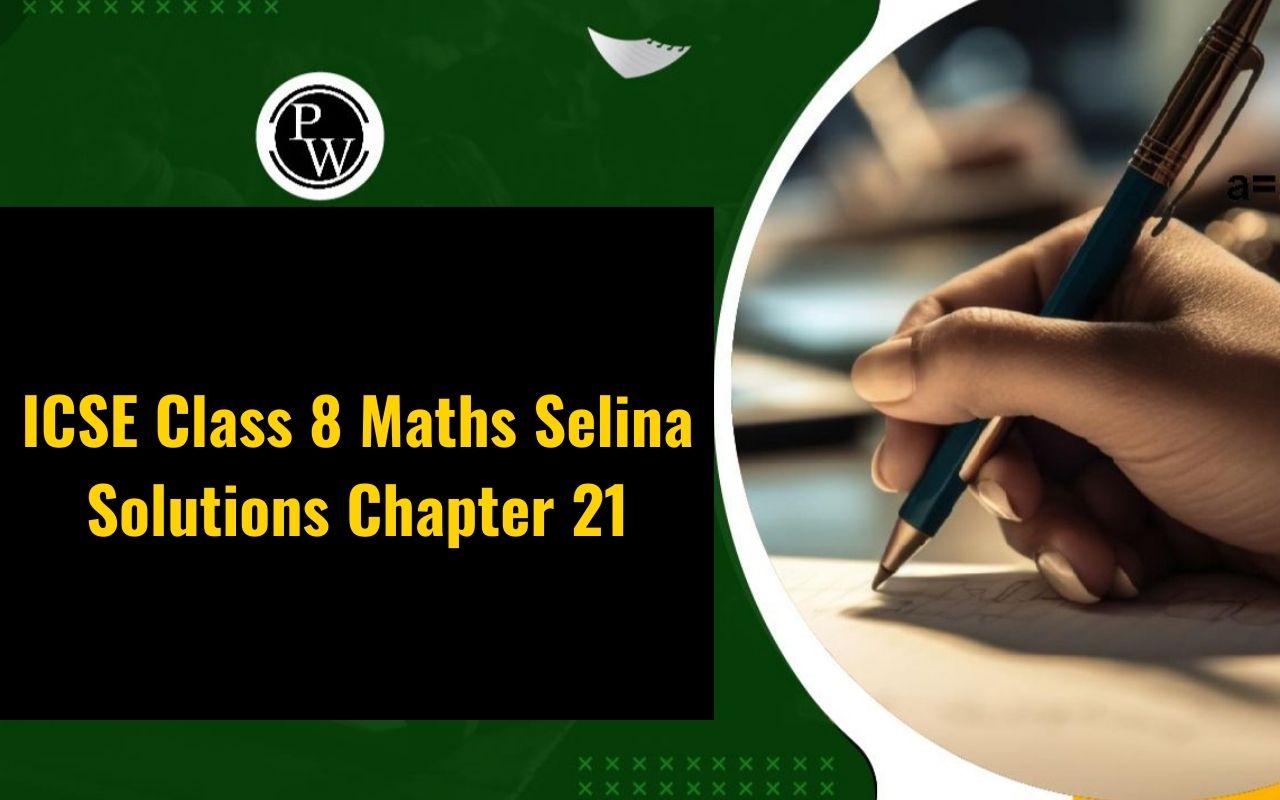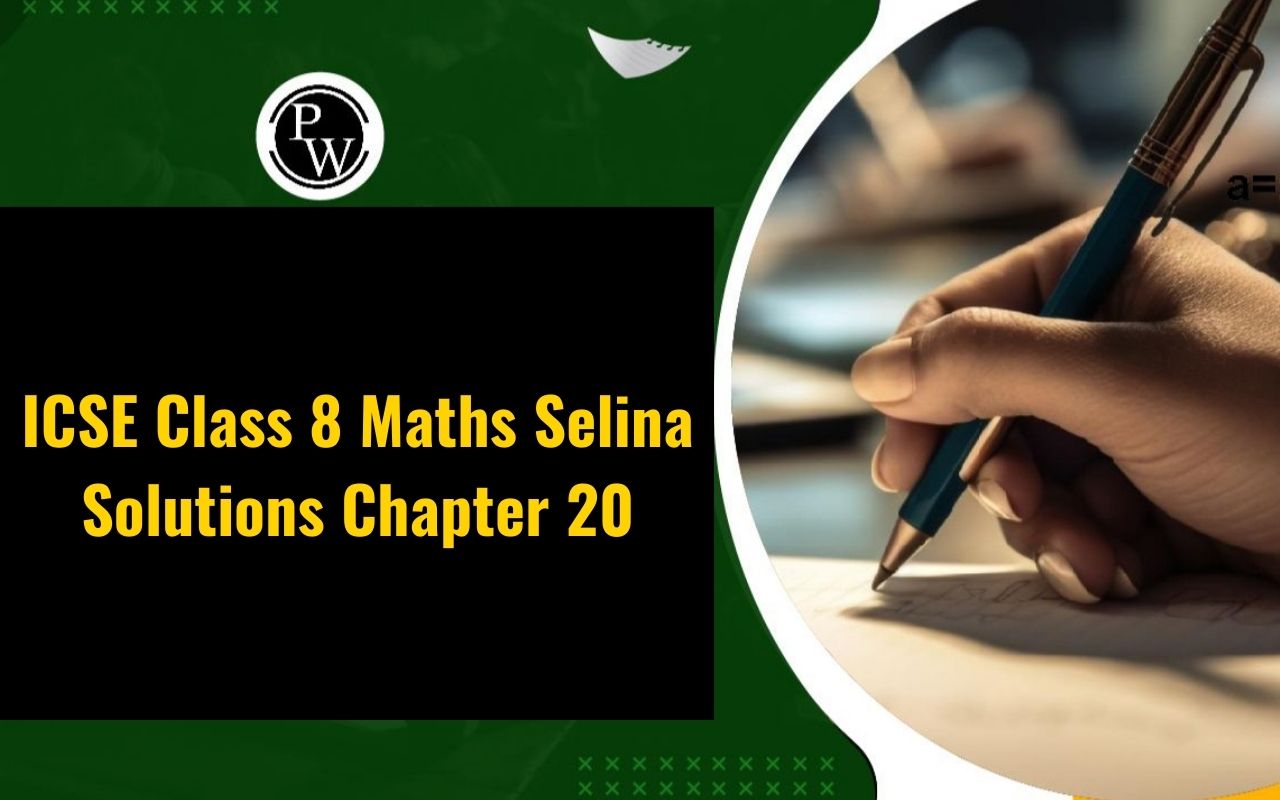
ICSE Class 8 Maths Selina Solutions Chapter 23: Chapter 23 of Selina Solutions Concise Maths Class 8 Since probability will be covered in greater detail in later courses, it is one of the most significant chapters. The students must comprehend all of the concepts presented in this chapter to achieve this goal. As they work through the textbook problems, students will be able to double-check their answers and identify the areas in which they lack proficiency. Students can use the link provided below to obtain the ICSE Selina Solutions Class 8 Maths Chapter 23 Probability PDF.
A subfield of mathematics called probability studies the likelihood that an event will occur or if a claim is true. It is suggested that students work through the problems every day if they want to do well in the Class 8 exams. Additionally, it will enable them to promptly answer all of their questions.ICSE Class 8 Maths Selina Solutions Chapter 23 Overview
ICSE Class 8 Maths Selina Solutions Chapter 23 on Probability provides clear and comprehensive explanations to help students grasp the fundamentals of probability theory. Through structured solutions and step-by-step guidance, students learn how to calculate probabilities of events, understand concepts like favorable outcomes and sample spaces, and apply them to practical scenarios. The solutions not only aid in exam preparation by aligning with the ICSE syllabus but also strengthen problem-solving skills through a variety of examples and exercises. They serve as a valuable resource for both understanding theoretical concepts and applying them confidently in real-world contexts, ensuring thorough preparation and mastery of probability concepts at the Class 8 level.ICSE Class 8 Maths Selina Solutions Chapter 23 PDF
Here we have provided ICSE Class 8 Maths Selina Solutions Chapter 23 for the ease of students so that they can just download the pdf and use it easily without the internet. These ICSE Class 8 Maths Selina Solutions Chapter 23 will help students understand the chapter better.ICSE Class 8 Maths Selina Solutions Chapter 23 PDF
ICSE Class 8 Maths Selina Solutions Chapter 23
Here we have provided ICSE Class 8 Maths Selina Solutions Chapter 23 for the ease of students so that they can prepare better for their upcoming exams -Question 1
A die is thrown, and find the probability of getting:(i) A prime number
Solution:-
A die has six numbers: 1, 2, 3, 4, 5, 6 No. of possible outcomes =6 We know that Number of favorable outcomes = a prime number = 1, 3, 5 which are 3 in number (Formula)(ii) A number greater than 4
Solution:-
We know that No. of favorable outcome = Greater than four i.e. two numbers 5 and 6(iii) A number not greater than 4.
Solution:-
We know that The number of favorable outcomes = not greater than 4 or the number will be 1,2,3,4 which is 4 in numbers
The number of favorable outcomes = not greater than 4 or the number will be 1,2,3,4 which is 4 in numbers
Question 2.
A coin is tossed. What is the probability of getting (i) A tail?Solution:-
On tossing a coin once, No. of possible outcome =2 (i) Favorable outcome getting a tail =1 No. of favorable outcome =2 We know that
(ii) a head?
Solution:-
A head Favorable outcome getting a head =1 No. of possible outcome =2 We know thatQuestion 3.
A coin is tossed twice. Find the probability of getting:
(i) Exactly one head
Solution:-
Exactly one head Possible number of favorable outcomes =2 (i.e. TH and HT) Total number of possible outcomes =4 We know that
(ii) Exactly one tail
Solution:-
Exactly one tail Possible number of favorable outcomes =2 (i.e. TH and HT) Total number of possible outcomes =4 We know thatSolution:-
Possible number of favorable outcomes =1 (i.e. TT) Total number of possible outcomes =4 We know thatSolution:-
Possible number of favorable outcomes =1 (i.e. HH) Total number of possible outcomes = 4 So we get P (E) = ¼Question 4.
A letter is chosen from the word ‘PENClL’ what is the probability that the letter chosen is a consonant?Solution:-
We know that Total no. of letters in the word ‘PENCIL’ =6 Total Number of Consonant = ‘PNCL’ i.e, 4 Here
Question 5.
A bag contains a black ball, a red ball, and a green ball, all the balls are identical in shape and size. A ball is drawn from the bag without looking into it. What is the probability that the ball drawn is: (i) a red ballSolution:-
Total number of possible outcomes =3 P (E) = 1/3(ii) Not a red ball
Solution:-
No. of favorable outcomes P (E) = 2/3(iii) A white ball.
Solution:-
No. of favorable outcomes =0 P (E) = 0/3 = 0Question 6.
In a single throw of a die, find the probability of getting a number (i) Greater than 2Solution:-
A die has six numbers =1, 2, 3,4,5,6 No. of possible outcomes =6
Question 7.
A bag contains 3 white, 5 black, and 2 red balls, all of the same shape and size. A ball is drawn from the bag without looking into it, find the probability that the ball drawn is: (i) a black ball. (ii) a red ball. (iii) a white ball. (iv) not a red ball. (v) not a black ball.Solution:-
In a bag, 3 balls are white 2 balls are red 5 balls are black Total number of balls =3+2+5=10 (i) Number of possible outcomes of one black ball =10 and number of favorable outcome of one black ball =5 We know that
Question 8
In a single throw of a die, find the probability that the number: (i) Will be an even number. (ii) will be an odd number. (iii) will not be an even number.Solution:-
A die has six numbers: 1, 2, 3, 4, 5, 6 Number of possible outcomes =6 (i) Number of favorable outcomes = an even number i.e. 2, 4, 6 which are 3 in numbers

Question 9.
In a single throw of a die, find the probability of getting: (i) 8 (ii) a number greater than 8 (iii) a number less than 8Solution:-
On a die, the numbers are 1, 2, 3, 4, 5, 6 i.e., six. Number of possible outcomes =6 (i) Number of favorable outcomes =0 (∵8 is not possible) We know that
Question 10.
Which of the following cannot be the probability of an event?
Solution:-
The probability of an event cannot be (ii) 3.8 i.e., the probability of an event cannot exceed 1. (iv) i.e., -0.8 (vi) −2/5, because the probability of an even can never be less than 1.Question 11.
A bag contains six identical black balls. A child withdraws one ball from the bag without looking into it. What is the probability that he takes out: (i) a white ball, (ii) a black ballSolution:-
There are 6 black balls in a bag Number of possible outcomes =6 (i) A white ball As there is no white ball in the bag Probability is zero (0) = or P(E)=0 (ii) a black ball Number of favorable outcomes =1 We know thatQuestion 12.
Three identical coins are tossed together. What is the probability of obtaining? (i) All heads? (ii) Exactly two heads? (iii) Exactly one head? (iv) No head?Solution:-
Total outcomes =8 i.e. (H,H,H),(H,H,T),(H,T,H),(T,T,T),(T,H,H),(T,T,H),(H,T,T),(T,H,T) (i) Favorable outcome= i.e. (H, H,H)
Question 13.
A book contains 92 pages. A page is chosen at random. What is the probability that the sum of the digits in the page number is 9?Solution:-
The number of pages of the book = is 92 which is from 1 to 92 Number of possible outcomes =92 Here Number of pages whose sum of its page is 9=10 i.e. 9,18,27,36,45,54,63,72,81,90Question 14.
Two coins are tossed together. What is the probability of getting: (i) at least one head (ii) both heads or both tails.Solution:-
A coin has two faces Head and Tail or H.T Two coins are tossed Here Number of coins =2×2=4 which are HH, HT, TH, TT (i) At least one head, then Number of outcomes =3
Question 15.
From 10 identical cards, numbered 1, 2, 3,…, 10, one card is drawn at random. Find the probability that the number on the card drawn is a multiple of: (i) 2 (ii) 3 (iii) 2 and 3 (iv) 2 or 3Solution:-
Total outcomes =10 i.e. 1, 2, 3, 4, 5, 6, 7, 8, 9, 10 (i) Favorable outcomes =5 i.e. 2, 4, 6, 8, 10
Benefits of ICSE Class 8 Maths Selina Solutions Chapter 23
ICSE Class 8 Maths Selina Solutions Chapter 23 on Probability offers several benefits to students:Structured Approach : The solutions provided in Selina’s textbooks are well-structured, making it easier for students to understand the concepts step-by-step.
Comprehensive Coverage : Each concept related to Probability is covered in detail, ensuring that students grasp both theoretical foundations and practical applications.
Clarity of Concepts : The solutions help in clarifying doubts and improving conceptual clarity through detailed explanations and examples.
Problem-solving Skills : By practicing with these solutions, students develop strong problem-solving skills, which are essential not only for exams but also for future academic challenges.
Exam Preparation : The solutions are designed to align with the ICSE exam pattern and syllabus, thereby aiding students in effective exam preparation.
Self-assessment : Students can use these solutions for self-assessment and gauge their understanding of Probability concepts before examinations.
Application-Oriented Learning : The solutions often include real-life examples and practical applications of Probability, helping students understand its relevance in everyday scenarios.
Revision Assistance : They serve as a useful tool for revision, allowing students to quickly revise key concepts and practice problems.
Confidence Building : By providing clear solutions and explanations, these resources help build confidence among students in tackling Probability-related questions.
Supplementary Practice : Apart from textbook exercises, additional problems and examples provided in the solutions offer supplementary practice to reinforce learning.
ICSE Class 8 Maths Selina Solutions Chapter 23 FAQs
Which chapter is hard in maths class 8?
What is probability in math 8th class?
What is rational number class 8?
Who is the father of probability?

